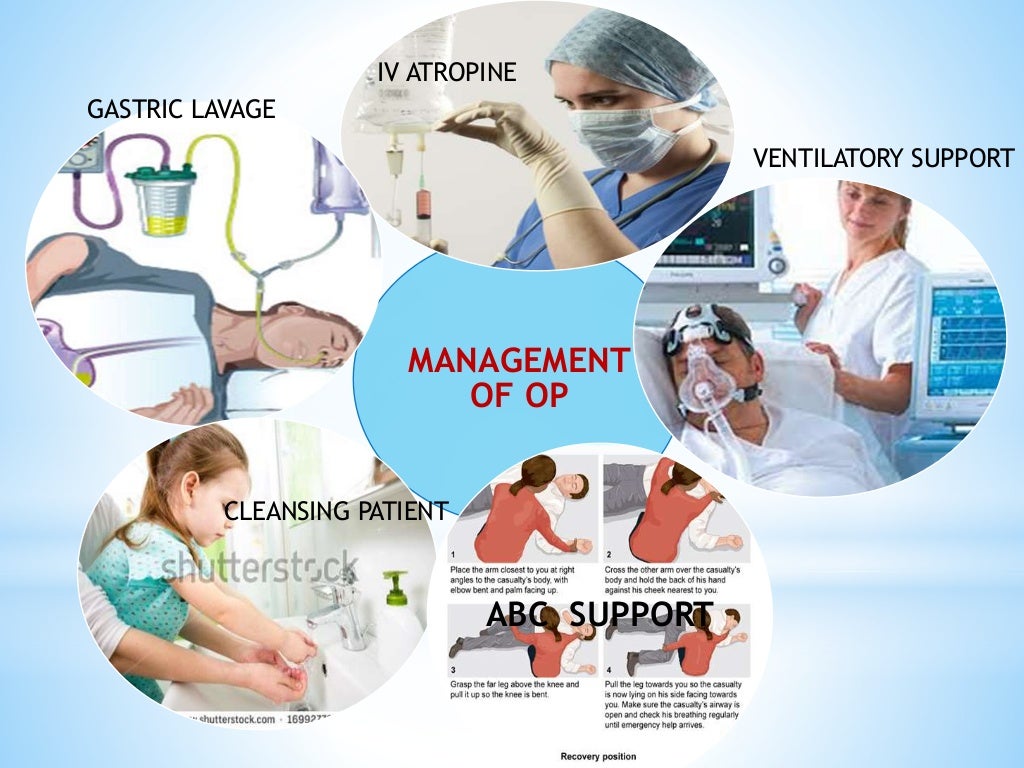
Sorbitol (1 to 2 mL/kg or 70 percent solution in adults, 1.5 to 2.5 mL/kg of 35 percent solution in children) Used only in combination with activated charcoal It is indicated only When potentially life-threatening amount of poison is ingested and the procedure can be done within 60 minutes of ingestion. Neurologically impaired: cuffed endotracheal tube prior to lavageĪATC/EAPCCT Position Statement: gastric lavage not routinely used in poisonings. Relatively contraindicated in hydrocarbon ingestion Nondipyridyl herbicides, biocides (including pyrethrins, pyrethroids, and Bacillus thuringiensis) rarely produce anything other than mild skin, eye, and/or gastrointestinal irritation on topical exposure or ingestion.Ĭonsider if patient presents within 60 minutes of ingestion.Īttempt aspiration first, followed by 100 to 200 mL normal saline, then aspiration. Organochlorine insecticides (lindane and other treatments for scabies and lice) can produce seizures with excessive use or use on large areas of nonintact skin. The cholinergic syndrome “all faucets on” characterizes poisoning by organophosphates and carbamates. Syrup of ipecac is no longer recommended for routine use. With large volume ingestion poisonings, activated charcoal may be used after 60 minutes, but little data exist to support this practice.


Activated charcoal, combined with a cathartic, is also indicated in most poisonings presenting within 60 minutes of ingestion. Gastric decontamination by lavage is indicated if ingestion of the poisoning has occurred within 60 minutes of patient presentation. Skin decontamination is primarily accomplished with large volumes of water, soap, and shampoo.

Protection of health care workers during the decontamination process is important and frequently overlooked.

As in most illnesses and injuries, the history of the poisoning is of great importance and will determine specific needs for decontamination and therapy, if any exist. For maximal benefit to the patient, skin, eye, and gastric decontamination should be undertaken while specifics of the poisoning are being determined. Most poisonings from pesticides do not have a specific antidote, making decontamination the most important intervention.


 0 kommentar(er)
0 kommentar(er)
